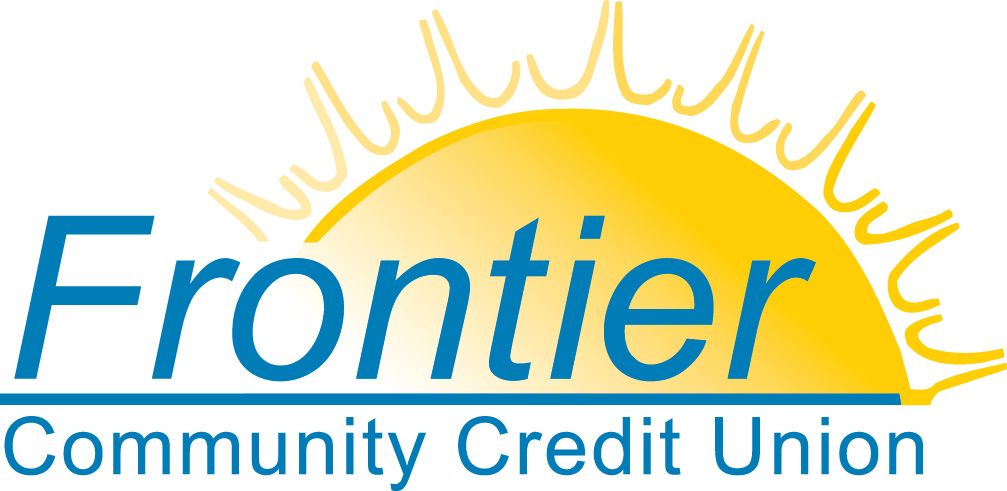December 30, 2025
For years, Instagram Stories have been like the “cool kids table” of your account: mostly seen by people who already follow you. Great for connection, not great for discovery. That’s changing and businesses should be pretty excited about this. Instagram now lets people reshare public Stories to their own Stories, even if they weren’t tagged. There’s typically an “Add to Story” option when viewing a public Story, and you can control this in your settings. If you’re a small business trying to reach beyond your current followers, this is not a tiny tweak. It’s a built-in word-of-mouth engine. Get Ready for Greater Reach When someone shares your Story to their Story, you get access to their audience without paying for ads or begging the algorithm. It’s like your best customer offering to hand out a stack of your flyers while telling their friends how amazing you are. How this helps you reach your audience: · UGC gets a turbo boost. A customer posts a Story with your product, you reshare it, then their friend reshares it again. That’s a visibility ripple that used to be harder to create on Stories. · Collabs become easier. You no longer have to rely on being tagged for someone to amplify your Story. (But don’t give up tags. They’re still good for attention.) · Your “helpful micro-content” can spread. Quick tips, behind-the-scenes, mini tutorials, reminders, myth-busting, weekly specials. If it’s share-worthy, it can move. Make Stories “share-ready.” · Add one clear takeaway per Story frame (tip, reminder, offer, before/after). · Use text overlays so it makes sense with sound off. · Add a simple prompt: “If this helped, share it to your Story.” (Yes, you can ask. People like being helpful.) · If you want Stories to stay more private-community-only, you can toggle sharing off in Settings → Sharing and reuse → Stories to stories. Early Access Reels: reward followers, attract new ones Instagram is also testing Early Access Reels. The idea: your Reel is shown to followers first, and non-followers who run into it may see a teaser plus a prompt to follow to unlock it, often with a timer for when it becomes available to everyone. Think of it like a velvet rope in an art museum. Without it, what’s hanging on the wall is just a picture. Place a velvet rope in front of it and it has instantaneous importance above all other works of art. Why this matters for small businesses: · You’re training loyalty . Followers get “first dibs” on announcements, drops, limited inventory, new menus, event registration, or seasonal services. · You turn curiosity into follows . If someone lands on your profile from a share or search and sees an Early Access teaser, the follow decision gets easier. · You can build social proof before the wider push . Post early, let your people engage, then later repost or repackage as a broader reach play. Features like this often roll out in phases and may not show up on every account right away but when they do show up on your account, you’ll be ready. Editing Upgrades That Make Your Content Feel “Bigger Than Your Budget” Instagram has been stacking practical creator tools, especially around video. Bulk Caption Editor (in Edits): Instagram’s Edits app has added bulk caption editing so you can view and adjust a transcript in one screen instead of hunting line-by-line. This is a time-saver and an accessibility win. Automated audio control / volume ducking: More tools are rolling out to help balance voice and music, so your Reel doesn’t sound like it was recorded inside a blender. Better audio = more watch time = better reach odds. Creative editing features: Edits has been shipping frequent upgrades (effects, sound effects, planning tools like storyboards). The bigger point is this: Instagram is incentivizing better-made video because it keeps people watching. “Your Algorithm” Means People Can Tune What They See Ever feel like you only see puppy Reels? Or maybe you hesitate to click on something because you know your stream will be filled with similar videos. No longer. Instagram is rolling out more controls that let users shape their Reels recommendations, including a feature often described as “Your Algorithm.” Users can view topics Instagram thinks they like, then adjust those interests. For businesses, the takeaway is simple: clarity beats variety. If your content is all over the map, you’re harder to categorize and easier to swipe past. If you’re consistently posting about a few topics your customers care about, you’re easier to recommend (and be seen). Emojis Still Matter, but Use Them Like Seasoning, not Confetti Do I hear clapping? Never mind. That’s me. Emojis can increase engagement and help your message land faster, especially in captions and comments. The expert business move is to use them with intention like pepper to bring out flavor in your posts, not to smoother them: · Use emojis to organize (bullets, steps, quick scans). · Match tone to brand (you’re allowed to have a personality). · Don’t “emoji spam” as a growth hack. People can smell that from three scrolls away. A Simple 7-Day Plan to Use These Updates Without Adding Chaos Day 1: Turn one FAQ into a 3-frame Story that’s easy to share. Day 2: Post a customer win (user generated content or testimonial) in Stories with “Share if you know someone who needs this.” Day 3: Record one Reel with clean captions (bulk edit if you have Edits). Day 4: Make one “saveable” tip carousel or mini tutorial. Day 5: Do one behind-the-scenes Story and invite resharing. Day 6: If you have it, test an Early Access Reel for an announcement or limited offer. Day 7: Check what got shared, saved, and replied to. Double down on that format next week. Instagram is quietly turning Stories into a bigger distribution channel and turning follower relationships into a stronger growth lever. If you make content that’s genuinely useful and/or entertaining, people will do the sharing for you. Just give them something worth passing along. Read More: 15 Ready-to-Use Social Media Captions for Business Owners Reels and Groups: What people Are Talking About Your Community Is Your Best Marketing Tool ------------- Christina Metcalf is a writer and women’s speaker who believes in the power of story. She works with small businesses, chambers of commerce, and business professionals who want to make an impression and grow a loyal customer/member base. She is the author of The Glinda Principle, rediscovering the magic within. _______________________________________ Facebook: @metcalfwriting Instagram: @christinametcalfauthor LinkedIn: @christinametcalf5
















